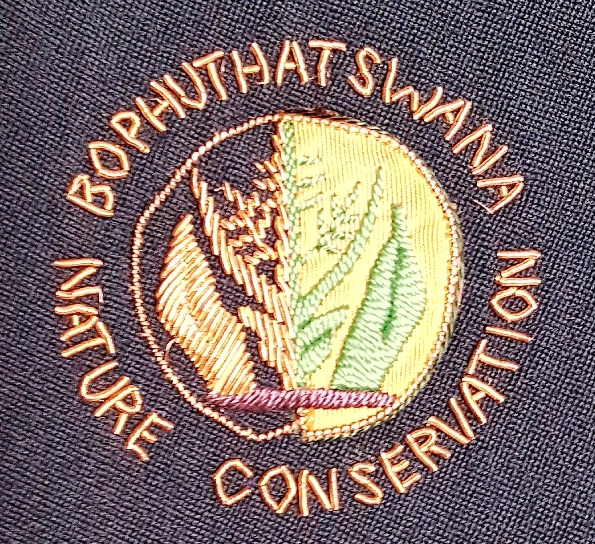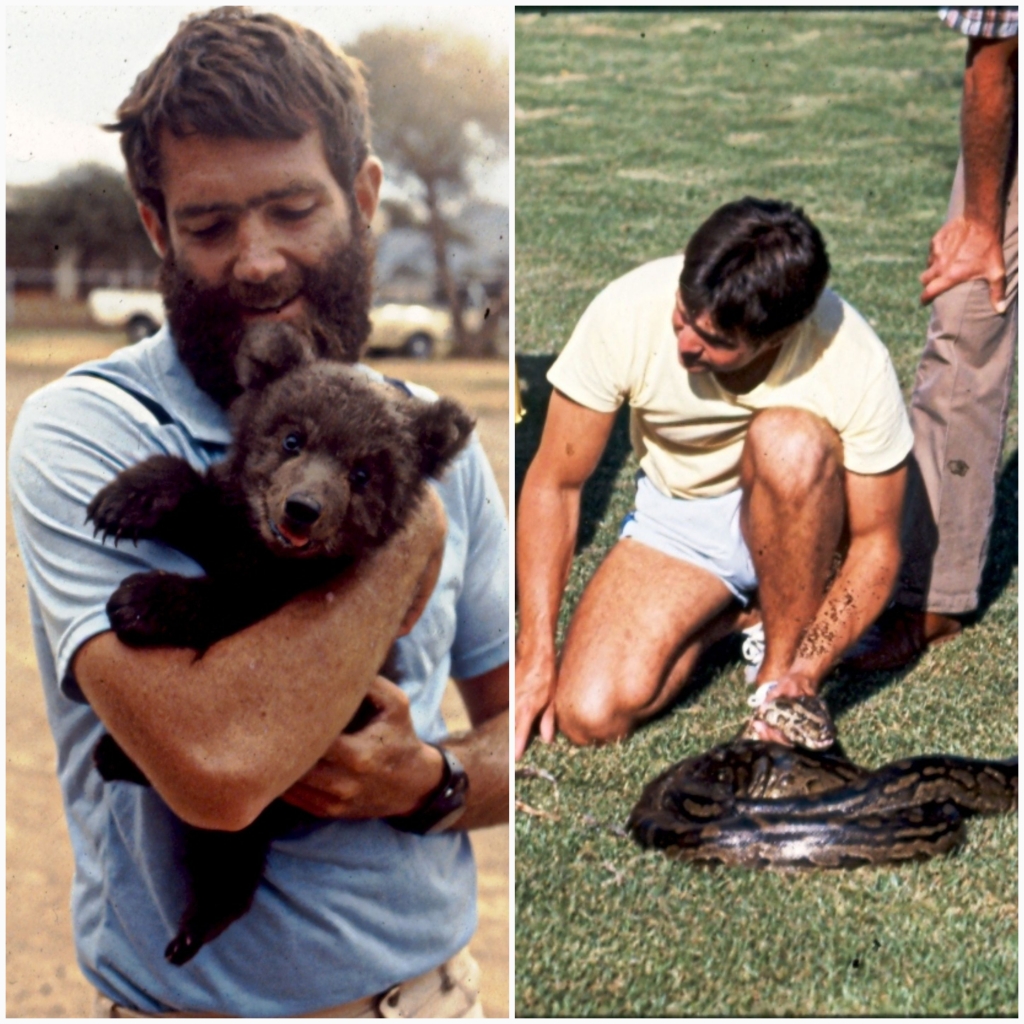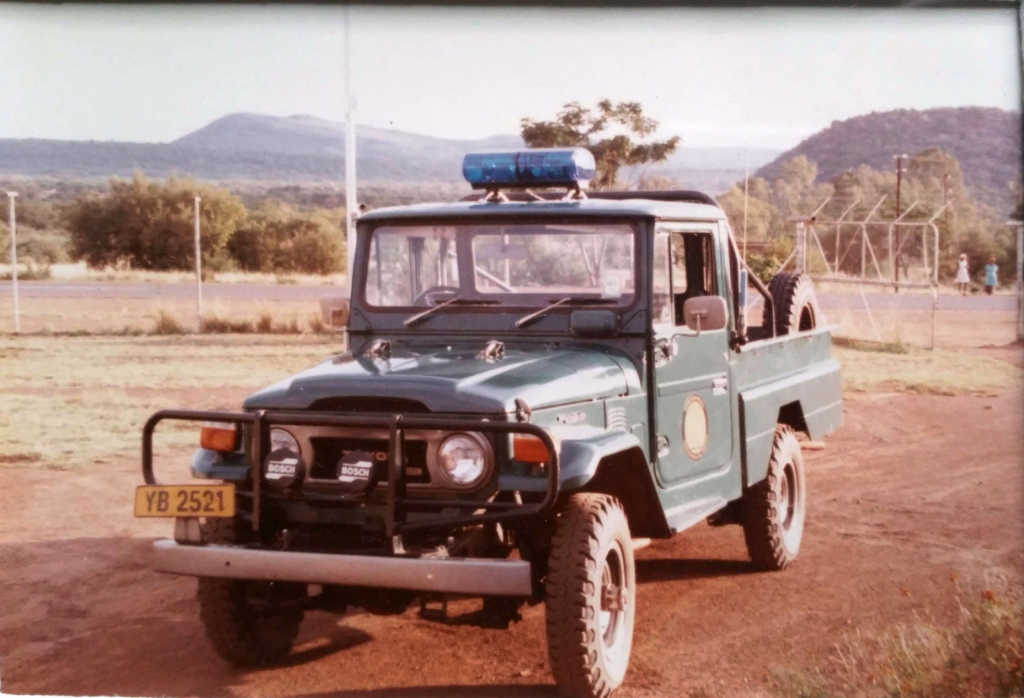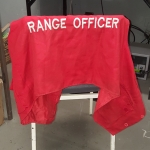
I’ve come across Texans in some interesting places in my life – building railroads in outback Australia and doing interesting things in Iraq that probably don’t require elaborating on, but I’d never expected to come across one in Bophuthatswana. Nor did I, as far as I know, but there was one counterfeit specimen from the nearby town of Rustenburg who provided a little light entertainment for us for a few days as winter gave way to summer.
He drove a ’78 Corvette Stingray and wore a ten-gallon hat. His cowboy boots were of hand-tooled rattlesnake skin and his accent was…about as patently Afrikaans as could be. I can no longer recall his name, but he was an archetypical ducker and diver of no mean skill, and at any one time probably had a number of irons in the fire from used cars to livestock. But his love of all things American was manifest above all.
He’d hang around the hotel-casino resort at Sun City from time to time, as there was no shortage of uitlanders – as non-Afrikaners were known – there, and many of them were Americans. And this coincidentally gave me the opportunity (that I hadn’t really been looking for) to make his acquaintance.
Now, at the same time there was an ostrich farm located just outside the Pilanesberg Game Reserve – later National Park – owned by a wealthy Greek businessman from Johannesburg. It was, to the best of my knowledge, the only concern of its kind outside of the Oudtshoorn area which was the ostrich farming centre of South Africa. And, coincidentally, there was also a government connection to Oudtshoorn, so it was in fact a state-protected monopoly. Until the ploy of the “independent” homelands, which opened up any number of potential loopholes. As an example, the red tape to establish an independent ostrich farm in the Transvaal might have been virtually impenetrable, but not necessarily so in Bophuthatswana. So, Mike Engelzakis (sic) opened his ostrich farm just outside Sun City. I would have liked to see it succeed, because he spared no expense to build up a really first-class operation, and he was personally hands-on with it too. But the South African government, of course, was really in control, so the problem came because Bophuthatswana wasn’t the intended consumer and all manner of red tape still existed before wildlife products, commercially bred or not, could cross borders. If they did, of course, it would be in direct competition to Oudtshorn. Eventually the operation failed.
T

(One of the things I came to dread toward the end of my tenure was the wildlife auctions put on by Sun City. To travel there, animals needed South African provincial nature conservation export permits and South African veterinary export permits, and then Bophuthatswana nature conservation and veterinary import permits. Following the sale, the same paperwork had to be completed in reverse – and often on the same day – for them to leave after the auction. The southern African love of all things requiring completion in triplicate and having rubber stamps banged in place.)
But I digress – it was at the ostrich farm one day that I met “Tex” face to face. We had seen each other from time to time as he’d drive through one of our roadblocks, but there was a certain amount of anonymity in the darkness (apart from ’78 Corvettes), and on the day at the ostrich farm I was off duty and out of uniform. He picked up on my accent and it immediately started to become an ordeal I was trying to figure out how to extricate myself from.
Until he asked me if I wanted to see his bear cub. Those sorts of conversations just don’t happen. And though I knew he lived in Rustenburg, which was well out of my jurisdiction – given the above-mentioned red tape required to move wildlife – I started to wonder if the Transvaal Nature Conservation authorities knew about the bear, and, more appropriately, I was thinking that if it had been smuggled in it would have been a damned sight easier through Bophuthatswana than South Africa. I also knew that he had some interests in Phokeng, a small platinum-mining enclave of Bophuthatswana between Sun City and Rustenburg, and the bear cub, of course, could be kept there. So, pretending to work at Sun City, I made an excuse for the time being but arranged to meet him several days hence. That gave me time to check with my opposite number in South Africa, and no, they hadn’t issued a permit to anyone for a bear cub – nor had veterinary, and while they were both very interested they let us play it out.
A raid at his house in South Africa would be abortive if the cub were in Bophuthatswana, and vice versa, so it became first prize to get him to produce the bear in person. Half a week later, when he roared back into the ostrich farm in his Corvette, he had the bear cub with him.
He was like a little kid as he produced it from a box with a flourish, anticipating oooos and ahhhhs and all manner of approbation. I honestly, genuinely felt bad when he looked up, and I was holding my ID up to him. It was a rather bulky and laborious document, proclaiming the same thing in Afrikaans, English and Setswana but he knew what something like that bearing a photograph and a rubber stamp meant and it wasn’t good. I vowed there and then that if I ever had kids – which as far as I know I haven’t – I’d level with them straight off about Santa Claus, the Easter Bunny and the Tooth Fairy.
As for the bear cub, it appeared to be a North American black bear, and was an endearing little ball of fur that constantly made grunting noises akin to a wind-up toy. It seemed to be somewhat malnourished and couldn’t move around much without falling over. I’d never encountered a bear cub before, so I wasn’t sure how much of this might be normal. I wouldn’t have said it had been neglected – but wild animals in captivity often suffer no matter how conscientious their keepers are because they require certain conditions that only expert zoologists and veterinarians in the correct environment are able to provide.
It was our collar, but there was nowhere in Bophuthatswana that could have cared for the bear cub properly and I seem to recall it wound up at the Johannesburg Zoo. “Tex” paid a fine, was nevermore seen by me on our side of the border, and as far as I know, how he got the animal was never satisfactorily explained.




Leave a Reply
Want to join the discussion?Feel free to contribute!